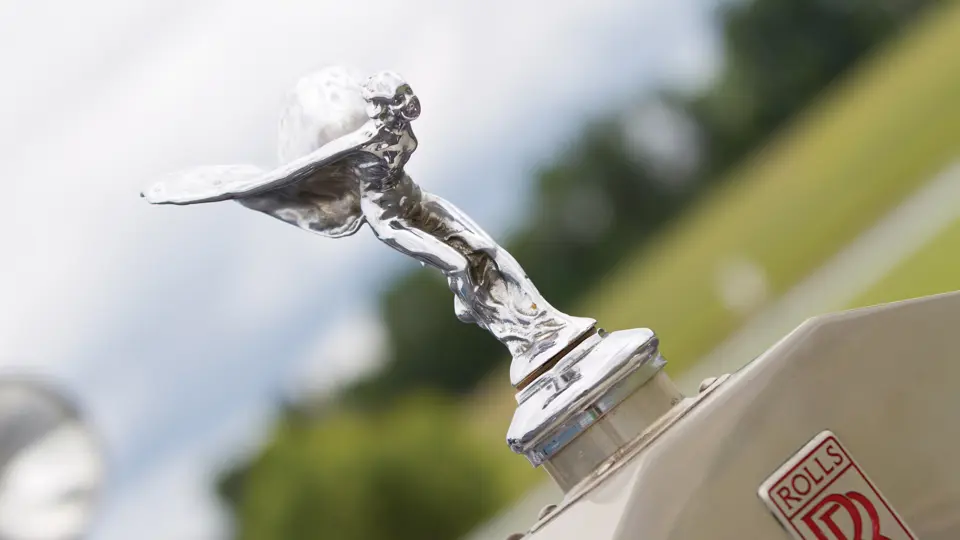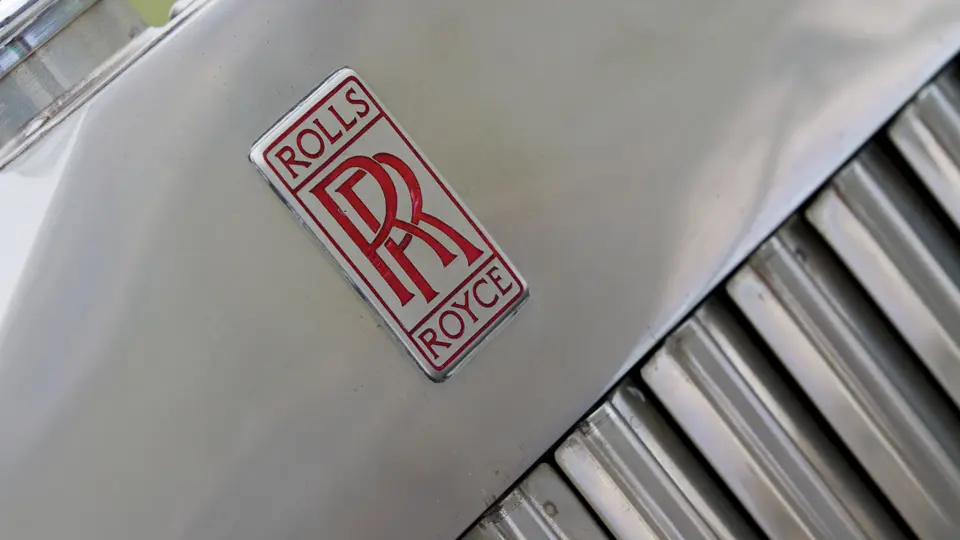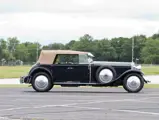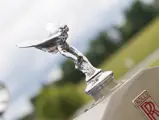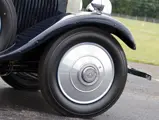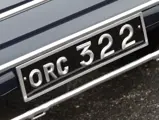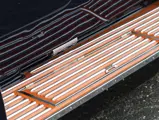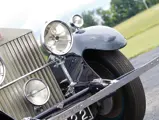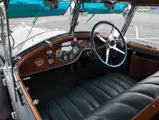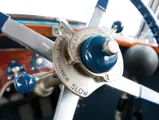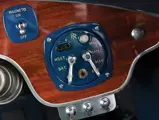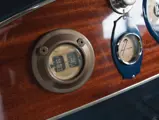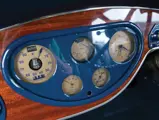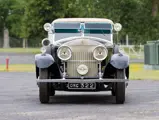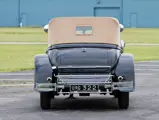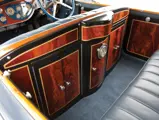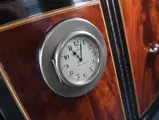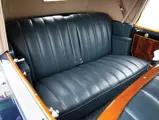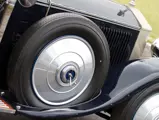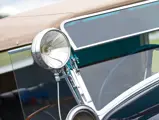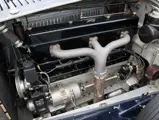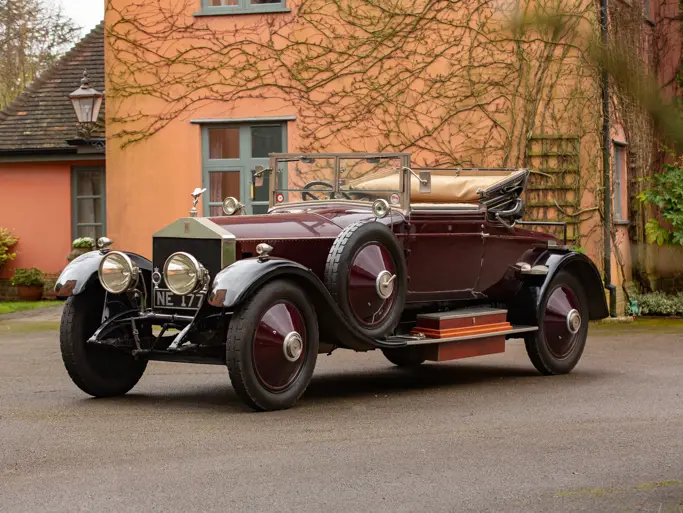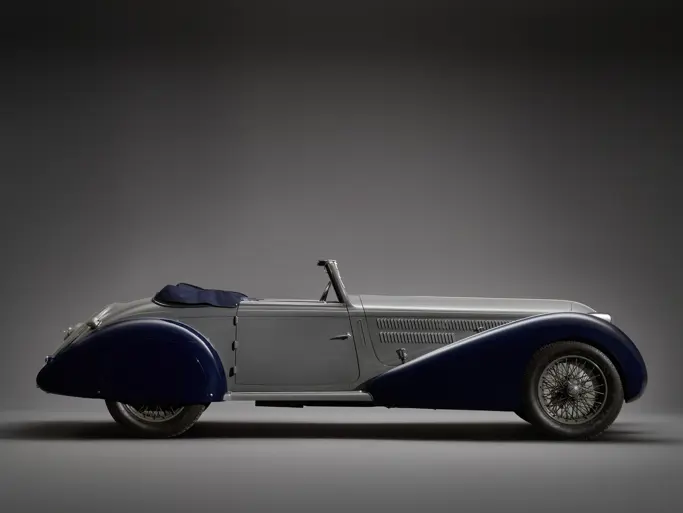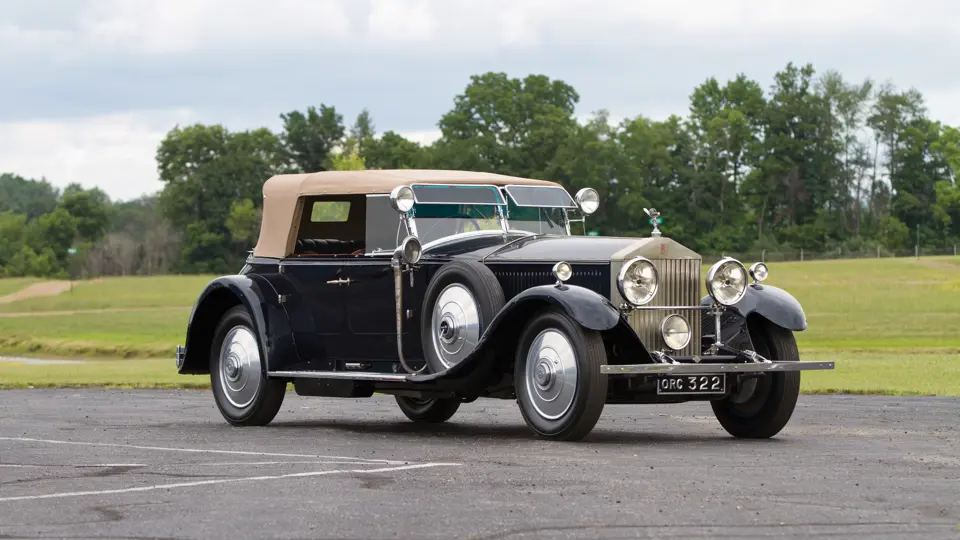
1929 Rolls-Royce Phantom II Torpedo Tourer by Barker
{{lr.item.text}}
$434,500 USD | Sold
{{bidding.lot.reserveStatusFormatted}}
- A genuine Indian royalty Rolls-Royce
- Built for the Ruling Chief of Nandgaon
- Unique, one-off original coachwork
- Well-known history; recent mechanical servicing
- One of the sportiest Phantom IIs ever built
120 bhp, 7,668 cc inline six-cylinder engine, four-speed manual transmission, front and rear semi-elliptical leaf-spring suspension, and four-wheel power-assisted drum brakes. Wheelbase: 150 in.
It is well known that during the 1920s and 1930s some of Rolls-Royce’s best customers were the maharajas, the tribal leaders of India during the British Raj. As they were often immensely wealthy and had a great admiration of European culture, the maharajas purchased numerous fine automobiles, but with Rolls being renowned for its hardiness in harsh climates, Ghosts and Phantoms were especially favored. Maharaja Rolls-Royces were regularly ordered to the rather unique specifications of their original owners, who would complete pages of special-ordered features and request the finest, most ornately detailed bespoke coachwork.
This Phantom II, chassis number 50XJ, was commissioned by the Ruling Chief of Nandgaon State, Mahant Sarveshwar Das, who served as the 10th Chief from 1913 to 1940. Original build information, copies of which were acquired from the Rolls-Royce Enthusiasts’ Club and are on file, illustrates the extensive specifications spelled out by the Ruling Chief for his new automobile.
A long-wheelbase, 150-inch chassis was requested, and it was outfitted with a louvered hood, polished nickel radiator shells, a rear-mounted luggage rack, and wire wheels shod in wide whitewall tires, as well as steering wheel, control knobs, and instruments with a Nile Blue finish. Other equipment included a Tapley gradient meter, necessary for negotiating the rather rough Indian roads, as well as a nickeled cobra horn and tool trays mounted in the running boards. Interestingly, it is recorded that after inspection of the chassis at the factory, “the Nile Blue finish generally is not considered satisfactory and is to be rectified at Barkers.”
The Ruling Chief’s choice of Barker for his automobile was a suitable one. At the time, Barker & Company held status as one of England’s longest-lived coachbuilders, with a heritage reaching back to horseless carriage days, and it also held the warrants to build coachwork for the British Royal Family. As they were capable of incredible versatility, they were able to produce bodies for Rolls-Royce that ranged from the subtle to the sublime, and the torpedo body commissioned for chassis number 50XJ was most certainly the latter. The body was finished in the same attractive Nile Blue used throughout the automobile, and it featured a beltline that followed the lines of the hood, giving the car an attractive, low-slung appearance, which was accentuated by a sharply vee’d windshield with built-in sun visors. Polished disc wheel covers would have sparkled like diamonds under the hot Nandgaon sun, while nighttime drives were illuminated by Lucas P100 headlamps, a single driving lamp, dual fender lights, and two cowl-mounted spotlights!
The interior was beautifully finished with the inlaid cabinetry for which Barker’s craftsmen were renowned, providing the necessary space for a silver tea service, a silver cigarette case, a lady’s vanity, and cocktail accoutrements.
Continued refinement of the chassis continued throughout the coachwork’s construction, with factory records ending at an amusing note: “Finally tested at Barker & Co. 7.3.30; Shipped per SS ‘Bangalore’ 28.3.30; London-Calcutta.” It was then collected by its owner, undoubtedly pleased by the appearance of his dashing automobile, and was featured in the August 1930 issue of The Autocar.
OUT OF INDIA
In 1966, Ray Howard, an American enthusiast working in India, discovered a hoard of fine automobiles in the ownership of the Maharaja of Orissa. He was eventually able to purchase and export four of the automobiles, with the most prominent among them being chassis number 50XJ, which was shipped to Italy, serviced, and then driven by its pleased new owner across the continent to England. In November 1967, it finally arrived, at the end of a long ocean voyage, at the Howard family home in Oregon.
Mr. Howard eventually retired to Hawaii and the Rolls-Royce accompanied him to the islands. He began to restore the car, but—in a story familiar to many enthusiasts—lost enthusiasm after dismantling it. Accordingly, the project remained unfinished for a quarter century, until its acquisition by another well-known enthusiast, Richard Hooper. Mr. Hooper completed the car’s restoration to exacting original standards, following the detailed specifications of its factory build sheets and the advice of Rolls-Royce expert John Fasal. Further work was undertaken in the care of its next owner, who refinished the body, reupholstered the interior, and improved its interior cabinetry, which still contains many of the original accessories supplied with the automobile in 1929.
Now, much as it appeared originally, the Rolls-Royce is being offered by its current gentleman owner with considerable pride, with its beautiful design and unusual features on showcase. It has recently undergone general mechanical work to put it into good running order.
The majority of the so-called “Maharaja Rolls-Royces” offered on the market have debatable histories and have often been changed from their original configuration. Chassis number 50XJ has not, and it has survived as one of the most attractive and sporting of all Phantom IIs. As it has yet to be shown on a North American concours field and has very seldom been offered for sale in its long lifetime, it awaits future flaunting of its extravagant design and wonderful bespoke features.

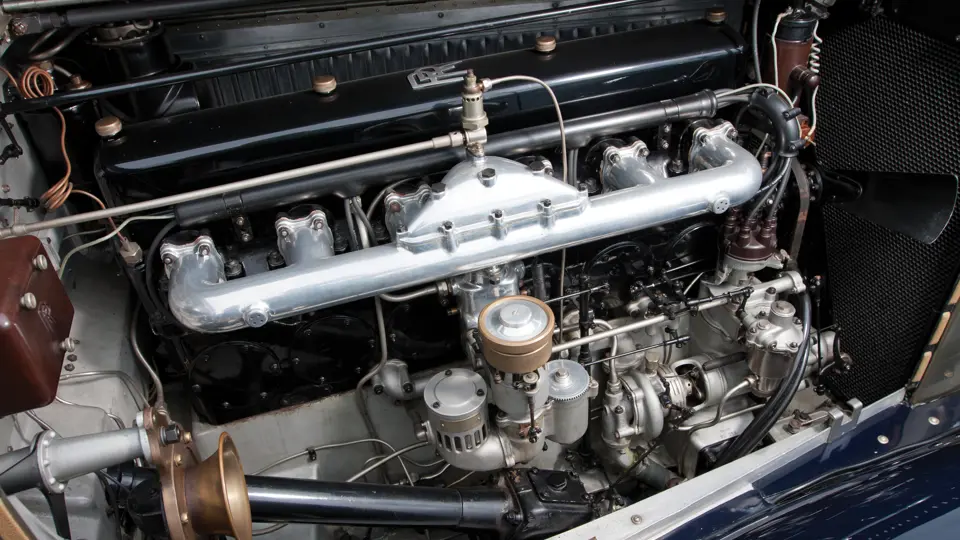


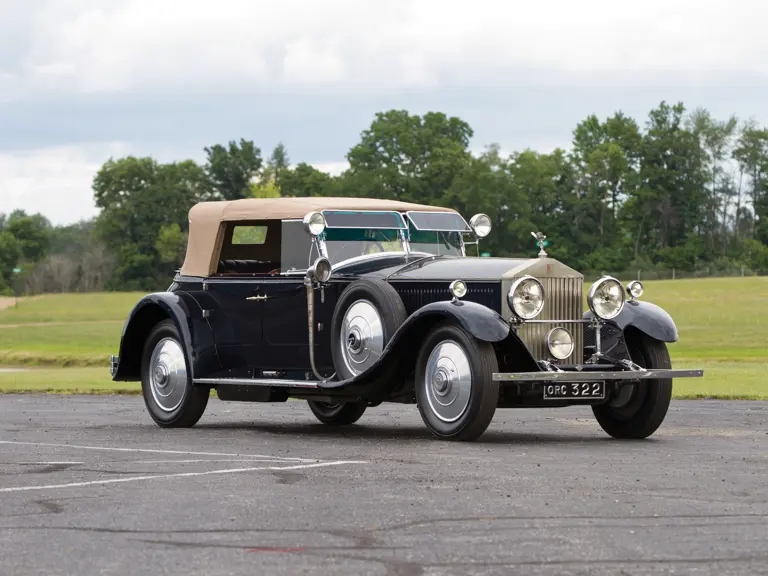
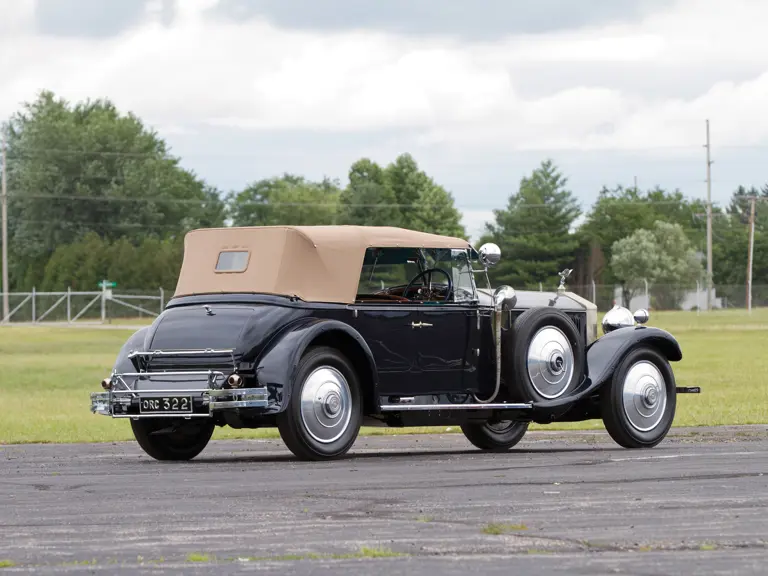
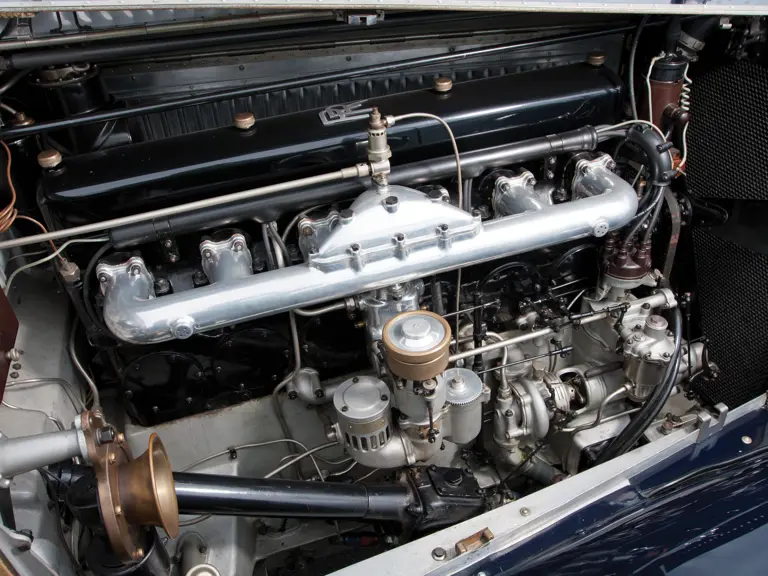
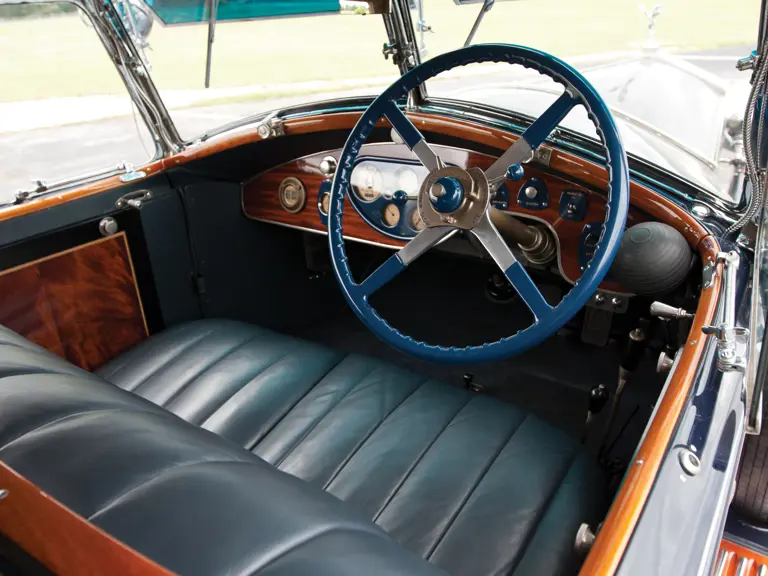


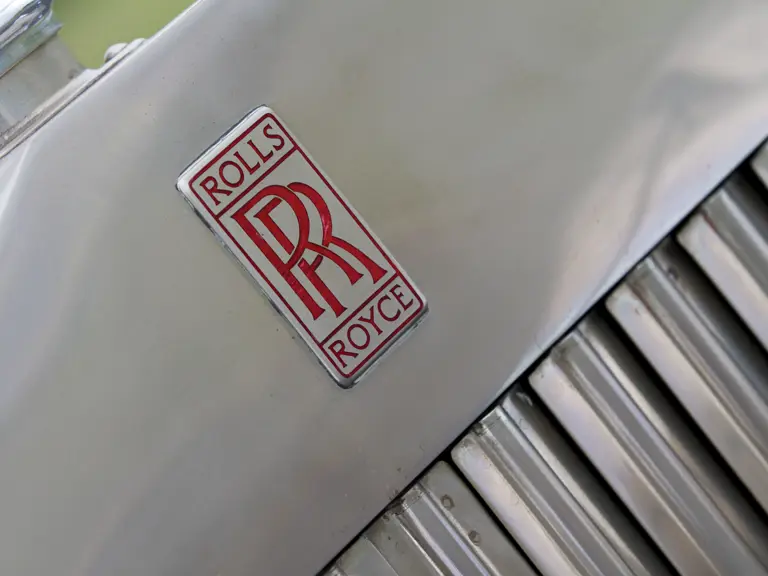
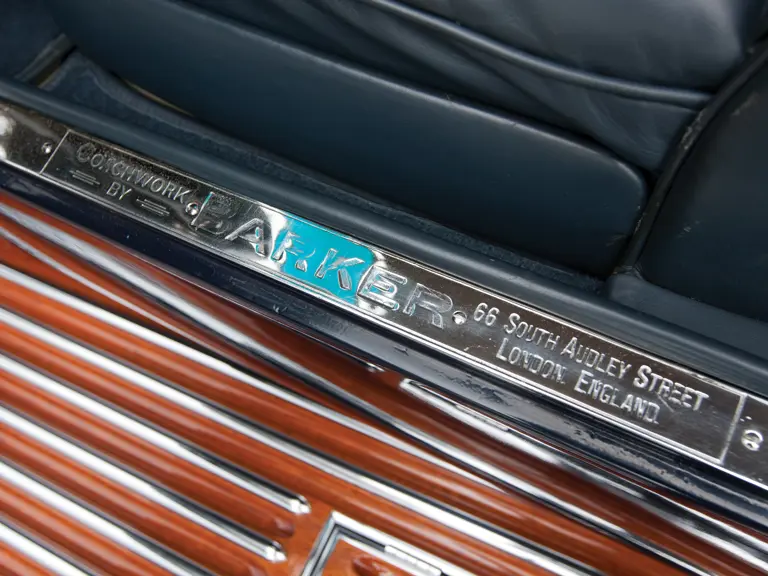

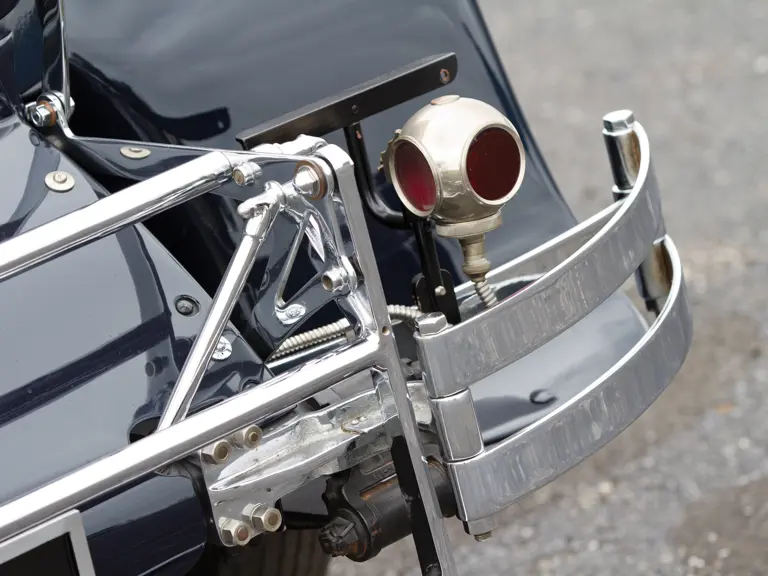
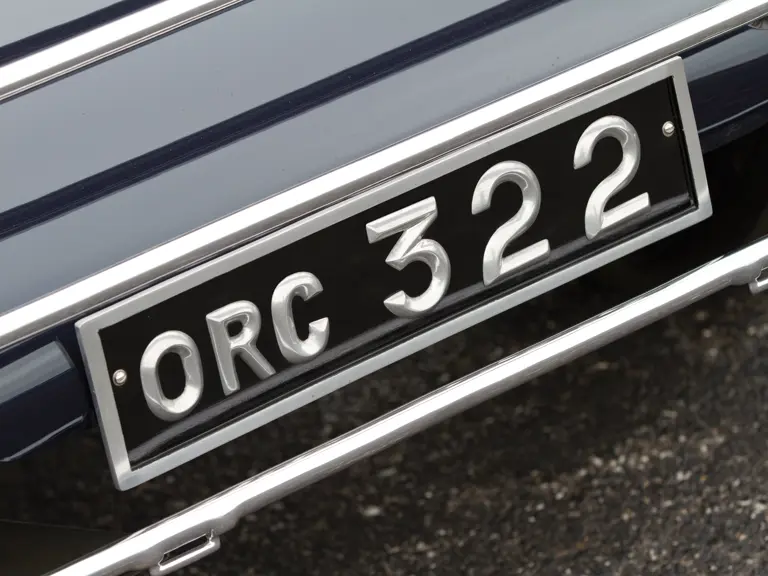
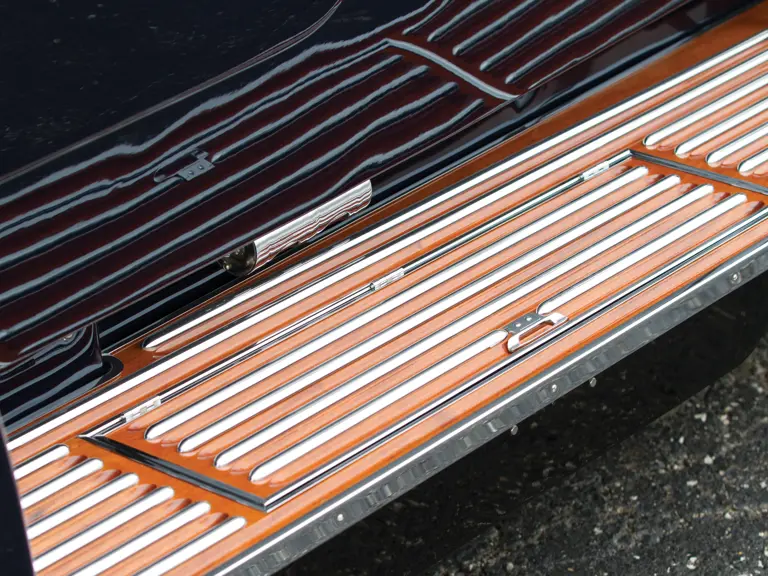
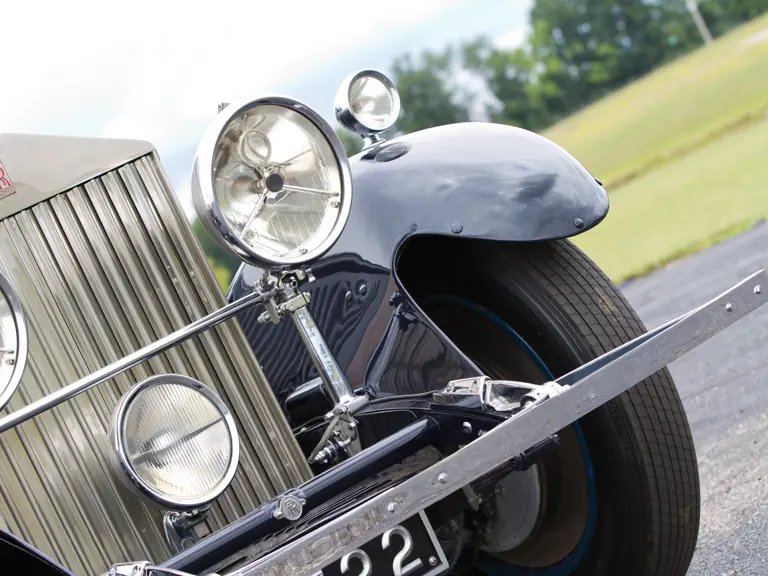
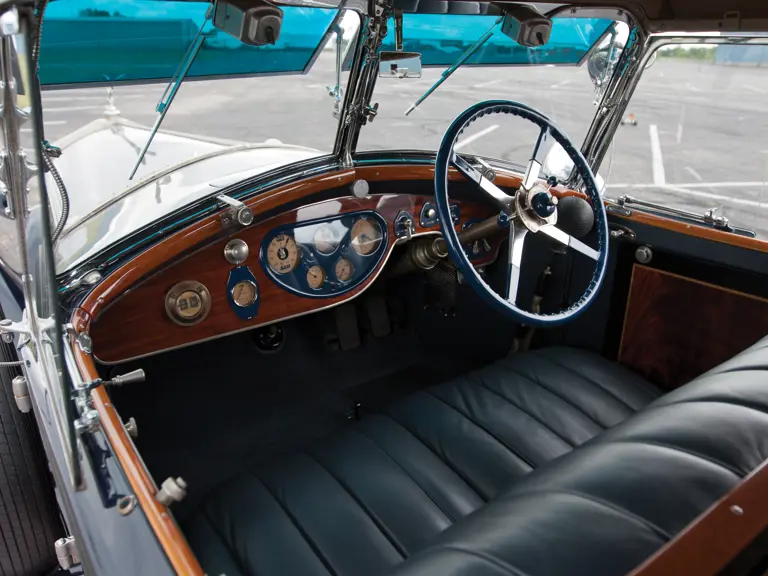

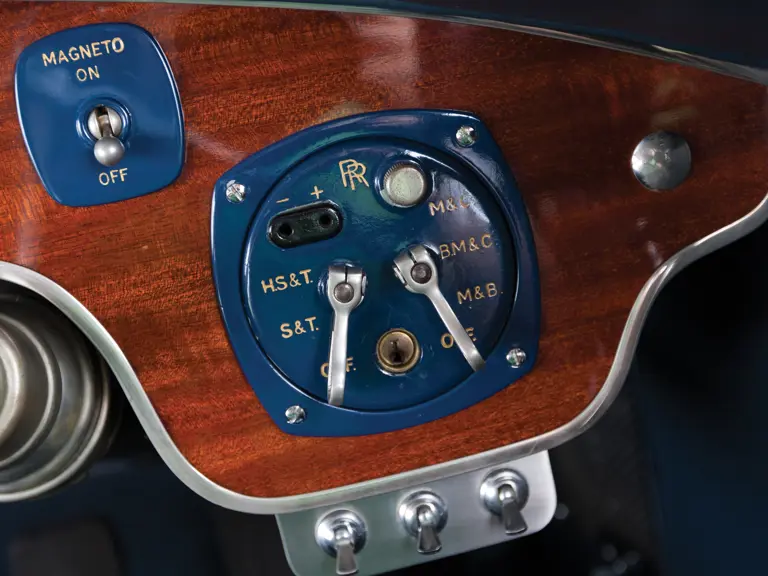
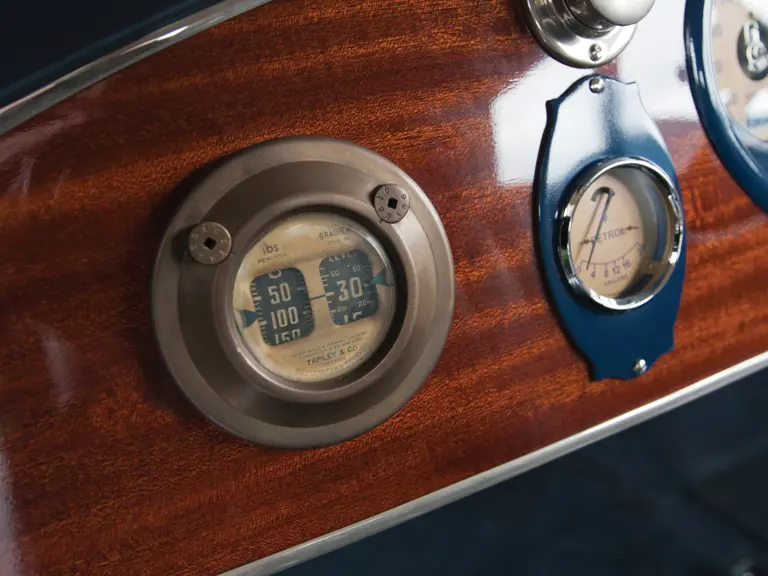
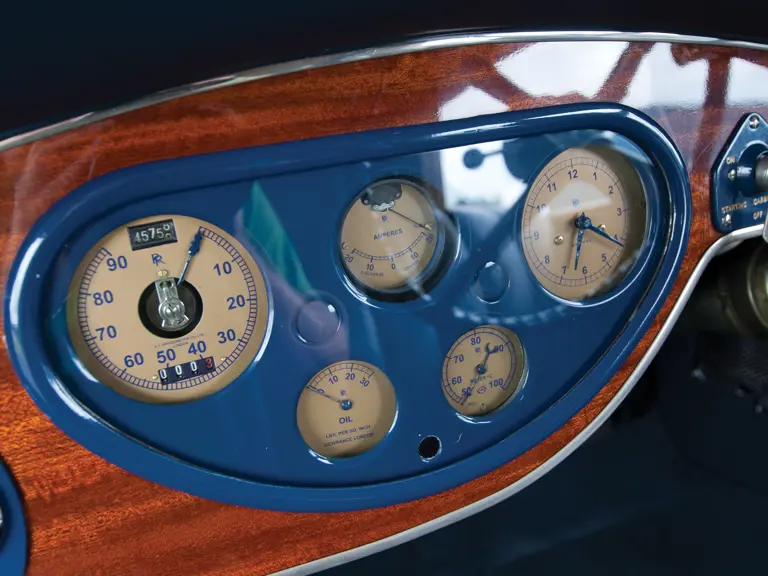
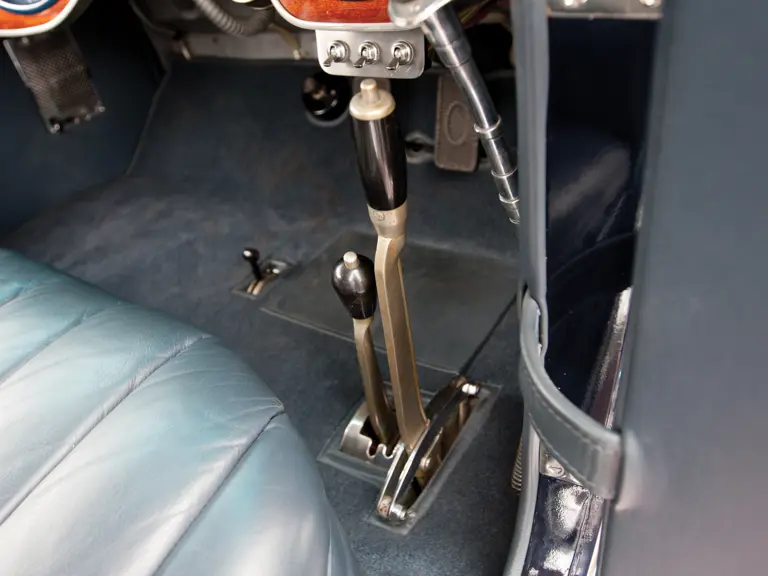

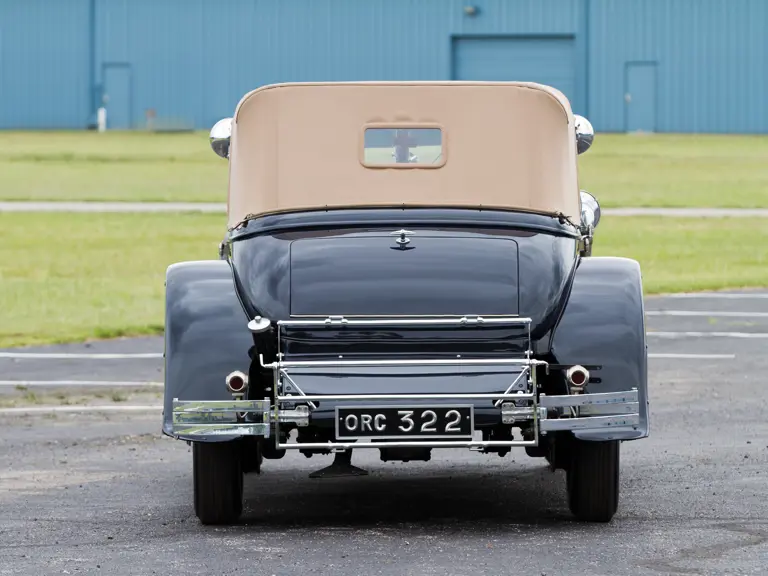


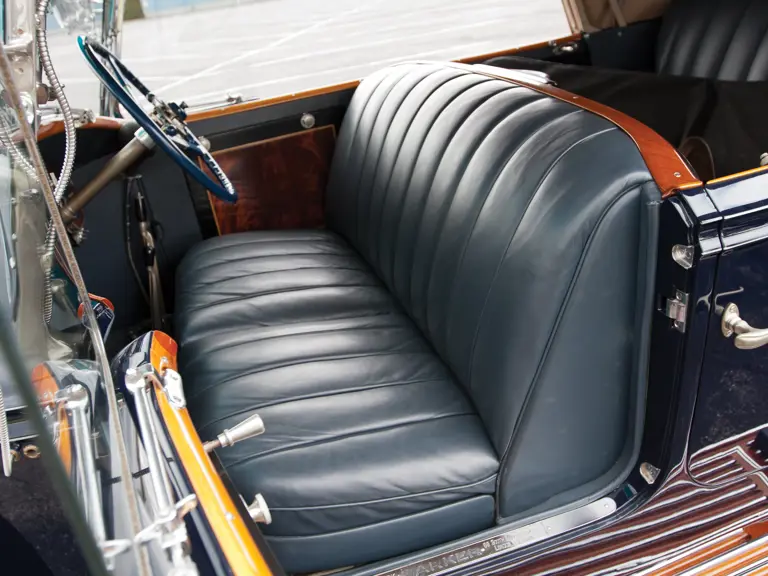
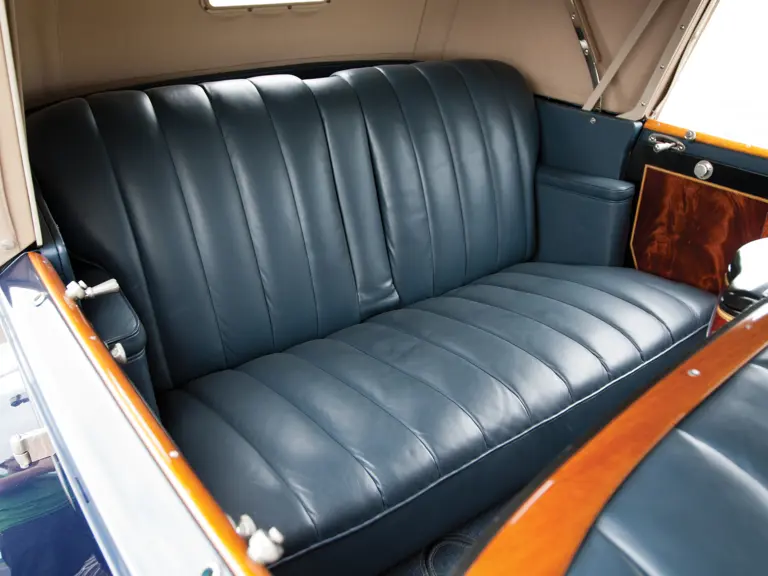
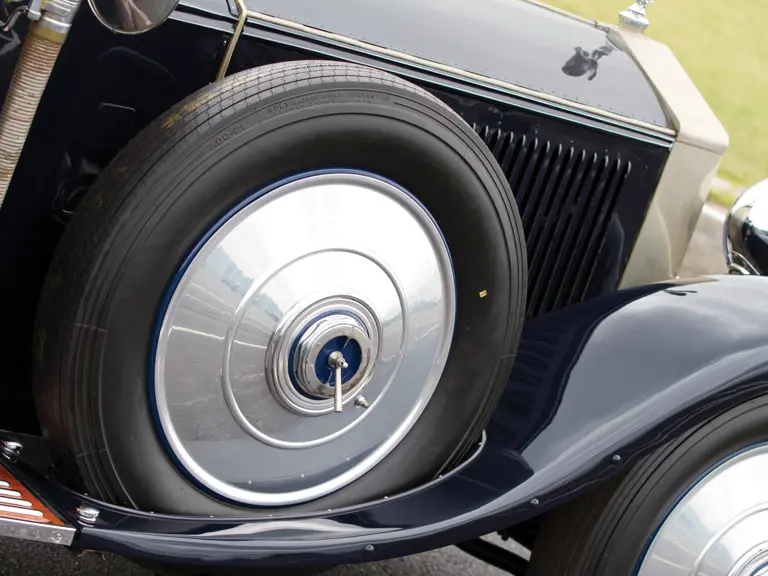
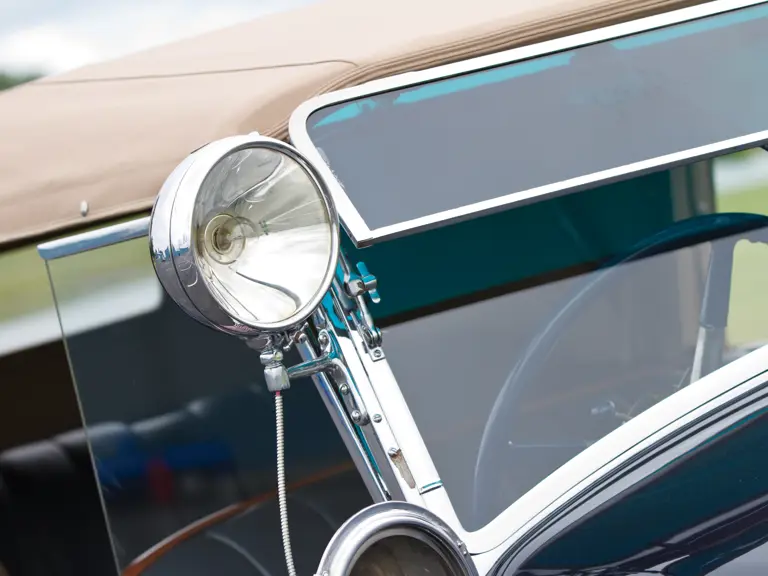
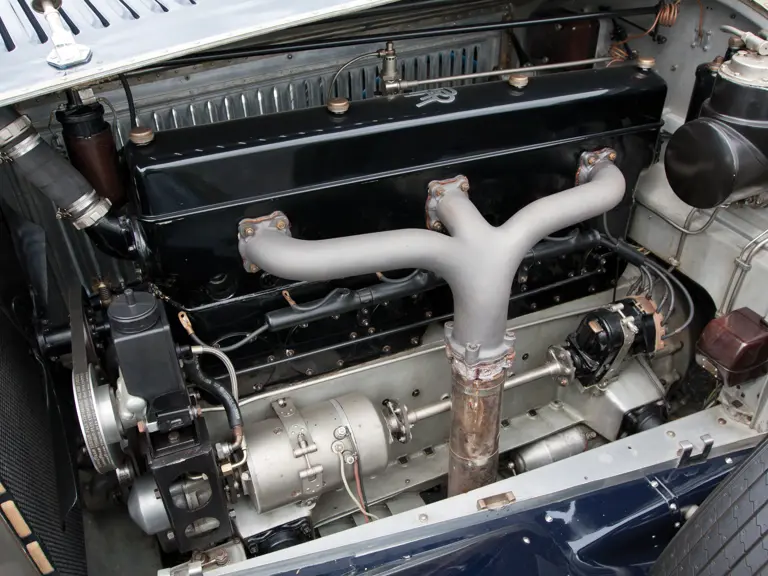
 | Hershey, Pennsylvania
| Hershey, Pennsylvania

